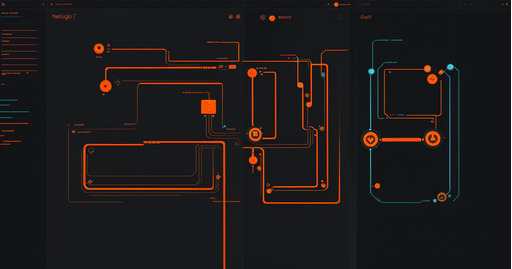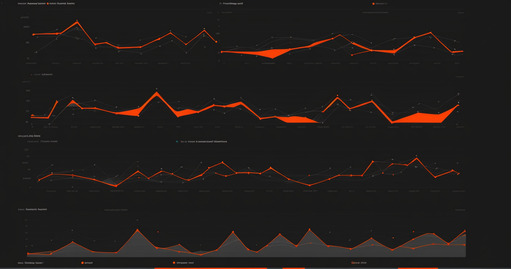AI-Powered Attendance: From Biometrics to Smart Check-ins: Traditional roll calls and manual sign-ins are quickly being replaced with AI-driven attendance systems in schools. Using facial recognition, fingerprint scanning, and mobile geofencing, institutions can now log student presence with minimal human effort. These systems not only eliminate errors and absentee fraud but also streamline administrative work. AI attendance solutions instantly sync with databases, notify guardians of absences, and flag patterns for further action. In regions with large student populations or remote campuses, this automation saves hours each day while offering real-time transparency. More importantly, it sets the stage for data-driven education management.
Unlocking Student Behavior Through Learning Analytics: Artificial intelligence tools are increasingly being used to analyze student engagement, learning patterns, and performance metrics. AI algorithms can identify students who may be falling behind by analyzing homework submissions, quiz scores, time spent on tasks, and even class participation. This allows teachers to intervene earlier and personalize instruction. Schools can also visualize classroom trends to improve curriculum pacing and teaching strategies. These insights help institutions shift from reactive to proactive learning environments. By combining attendance, grades, and behavioral data, AI provides a holistic view of student success and challenges.
Personalized Learning Plans Based on AI Insights: AI doesn’t just track data—it interprets it to create personalized learning paths for every student. By analyzing how a student learns best—whether visually, through repetition, or in group discussions—AI tools recommend specific content formats and difficulty levels. For example, a student struggling with math but excelling in reading may be offered extra practice problems in arithmetic while receiving advanced reading material. Schools that adopt such adaptive learning systems report better engagement and improved academic outcomes. Personalized learning helps educators cater to diverse student needs without increasing their workload.
Reducing Administrative Burden with Automation: AI systems help schools reduce the time educators and administrators spend on repetitive tasks like attendance tracking, grading, and scheduling. AI chatbots can answer student queries about assignments or campus facilities, freeing up teacher time. Attendance data is auto-compiled into monthly reports, and notifications to parents are sent in real-time. These automations let teachers focus more on instruction and mentoring, while school staff can dedicate more energy to student support services. In effect, AI becomes a silent partner in operational efficiency, making school environments more responsive and less bureaucratic.
Ethical and Privacy Considerations in AI-Enabled Schools: As AI becomes deeply embedded in educational systems, schools must also address privacy, consent, and ethical use. Facial recognition and behavior tracking raise concerns among parents and advocacy groups. Responsible institutions are adopting transparent policies, anonymizing sensitive data, and allowing opt-outs for biometric attendance. It’s also critical to ensure that AI models are free from bias and that decisions about student performance are reviewed by educators. Balancing innovation with responsibility helps build trust in AI solutions. Forward-thinking schools are working with vendors and regulators to maintain both security and ethical standards.




